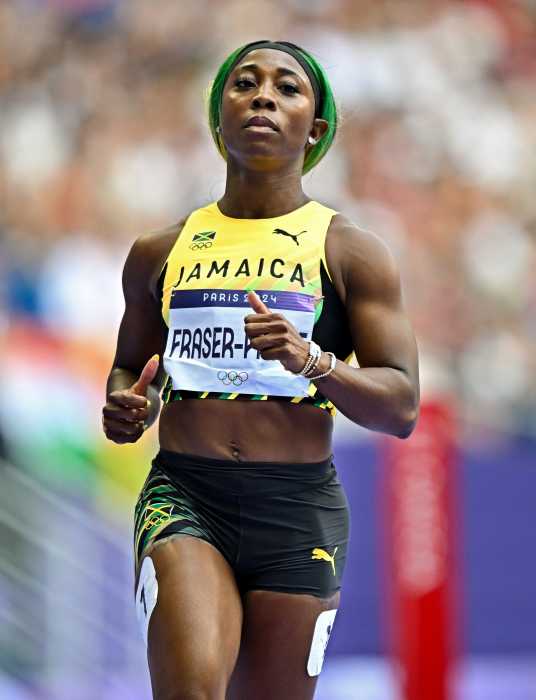Feds report increases of STDs as well in gays; African Americans, Latinos experience hikes
Data on sexually transmitted diseases from the federal Centers for Disease Control and Prevention (CDC) are providing more indicators that some gay and bisexual men are not practicing safe sex.
“Based on data from several cities, we believe that an increasing number of men who have sex with men are acquiring STDs,” said Dr. Ronald O. Valdiserri, deputy director at the CDC’s National Center for HIV, STD and Tuberculosis Prevention. “Perhaps the most important information that we have in that regard comes from syphilis surveillance. We estimate that at least 60 percent of the primary and secondary syphilis cases reported in 2003 were among men who have sex with men.”
Using data collected from the CDC’s Gonococcal Isolate Surveillance Project (GISP), which tracks U.S. gonorrhea cases, syphilis case reports, and information from nine STD or gay-health clinics around the country, the agency said that “that an increasing number of men who have sex with men are acquiring STDs.”
In 1999, 4.1 percent, on average, of the gay and bisexual men who were tested for syphilis at the “participating STD clinics” were positive for the bug compared to 10.5 percent in 2003. The recent increases in syphilis are generally attributed to more infections among gay and bisexual men.
“In the syphilis data, there is very good evidence that the increases that we have seen are due to the outbreaks of syphilis in various communities across the U.S. involving gay and bisexual men,” Valdiserri said in a November 30 interview. “I think it’s fair to make the general statement that after the significant declines in STDs that were observed in the late 80s and the mid-90s, we’ve started to see, particularly with syphilis, three years of increases predominantly among men who have sex with men.”
The overall syphilis rate among gay and bisexual men rose “13.5 percent between 2002 and 2003, and 68 percent between 2000 and 2003,” according to the CDC report.
Similarly, among the “participating STD clinics,” an average of 13.7 percent of the men who have sex with men tested positive for gonorrhea compared to 15.3 percent in 2003. The GISP data has shown an increase in gonorrhea among queer men.
“That sample has shown over time increases among men who have sex with men,” Valdiserri said.
The gonorrhea data is limited by underreporting. The CDC estimates that less than half of all gonorrhea cases are reported to health officials each year.
“The problem with the gonorrhea data is that it’s very difficult to interpret whether there are real increases or decreases because there are problems with reporting,” Valdiserri said.
In 2003, an average of 3.9 percent of men who have sex with men who visited the “participating STD clinics” tested positive for HIV, the virus that causes AIDS, for the first time. This was true of 3.5 percent of the white men, 8.6 percent of the African-American men, and 4.4 percent of the Latino men.
Overall, in 2003, 11 percent of the men who have sex with men who visited the “participating STD clinics” were positive for HIV either because they had tested positive previously or they were newly diagnosed. Nine percent of the white men were positive, as were 18.5 percent of the African-American men and 9.5 percent of the Latino men.
Also in 2003, an average of 8.9 percent of the gay and bisexual men who visited the “participating STD clinics” tested positive for “urethral chlamydia.”
While the new statistics are a concern, they do not necessarily indicate national trends among queer men.
“We do not have national level information about sexual behaviors,” Valdiserri said. “That makes it difficult to make global statements.”
On December 1, World AIDS Day, the CDC released data on new HIV and AIDS diagnoses in 32 states with long-term reporting programs and reported an 11 percent increase in such diagnoses among gay and bisexual men from 2000 to 2003.
“It points out that we need to pay close attention to this population,” Valdiserri said during a phone briefing with reporters.
Last year, the CDC reported that new HIV diagnoses among gay and bisexual men increased 17 percent from 1999 to 2002. The agency attributed some of that increase to new infections and not just more HIV testing among those men.
That was not the case this year.
“We haven’t made that statement this year,” Valdiserri said. “The increase in this report was not as large as the increase we reported last year.”
































